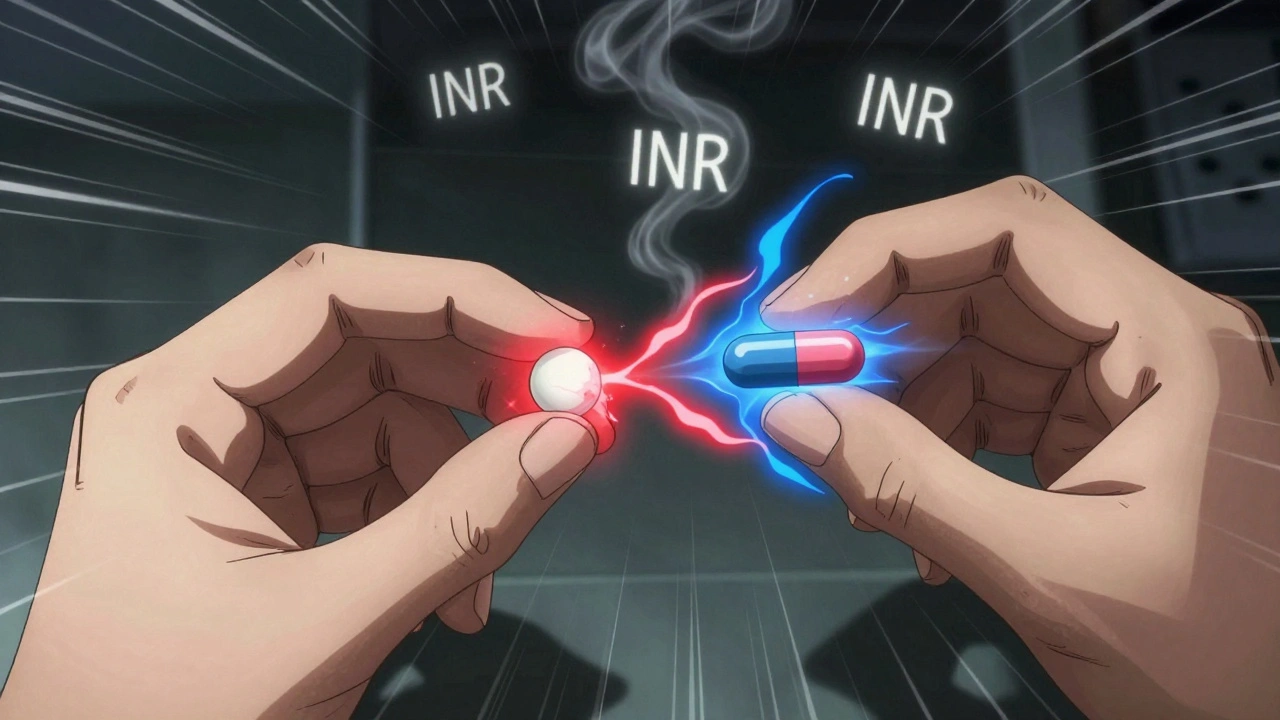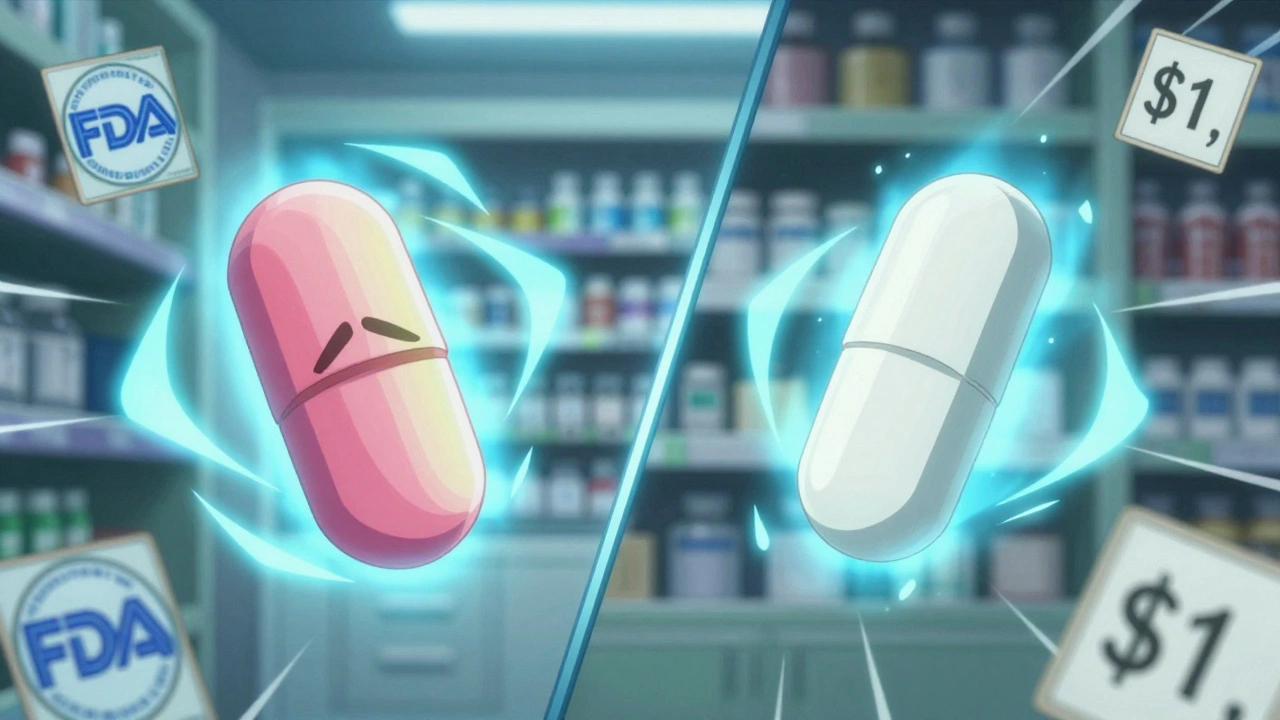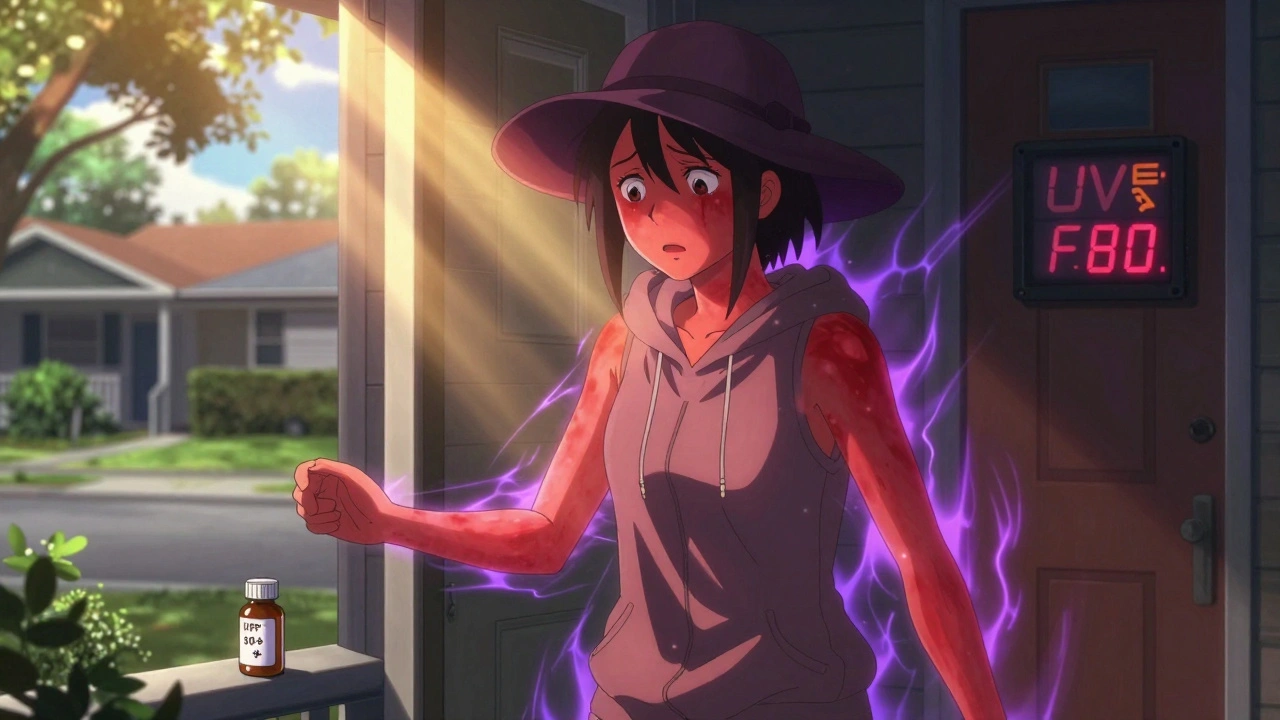Medicine Delivery: Safe, Fast & Practical Tips
Want meds delivered without stress? Medicine delivery can save time, but only if you choose the right service and handle a few common issues. Below are clear, useful steps to help you order, receive, and store medications safely.
How to pick a safe delivery service
Start with a licensed pharmacy. Look for a registration number, a real street address, and clear contact details. If a site won’t share a phone number or only has a contact form, that’s a red flag. Search the pharmacy name plus words like “license,” “review,” or “scam” to find real user reports.
Check prescription rules. Legit pharmacies will always ask for a valid prescription for prescription-only meds. If a site sells controlled drugs without a prescription, walk away. A good sign is free access to a pharmacist by phone or chat—real pharmacies support questions about interactions, side effects, and dosing.
Compare costs using generic names rather than brand names. Generics often cost much less and work the same. Also compare shipping methods: overnight courier for time-sensitive meds, tracked economy shipping for routine refills. For cold-chain items (insulin, some biologics), confirm temperature-controlled packaging and ask about temperature logs if possible.
Use safe payment methods like credit cards or trusted payment services that offer buyer protection. Avoid bank transfers to unknown sellers. Save order confirmations, receipts, and any chat logs until the order is complete and checked.
Receiving, storing, and handling problems
Inspect your package right away. Check seals, lot numbers, expiry dates, and packaging. If a cold-chain product arrives warm or packaging looks tampered, refuse delivery or contact the pharmacy immediately. Take photos—those help with refunds or insurance claims.
Follow storage instructions the second the package arrives. Put refrigerated meds in the fridge, keep light-sensitive drugs in their original packaging, and store controlled substances securely. Throw away expired or damaged meds using pharmacy take-back programs—don’t flush them unless the label says it’s safe.
If tracking shows delivered but you didn’t get the package, call the courier and the seller immediately. File a missing-package claim and keep evidence like tracking numbers and photos. For stolen packages, many couriers and sellers offer refunds or reshipments if you act fast.
Expect customs and taxes for international orders. Delivery can be delayed or blocked if the drug is restricted in your country. Check local import rules before ordering and factor customs time into delivery estimates.
For urgent needs, local same-day pharmacy delivery or courier pickup is often faster and safer than international shipping. For repeat meds, set up auto-refill and scheduled delivery to avoid running out. Keep an up-to-date medication list with dosages and allergies—sharing this with a new pharmacy speeds verification and reduces mistakes.
Follow these steps and medicine delivery becomes a reliable tool, not a risk. Practical checks before ordering and quick action on arrival prevent most problems and keep your treatment on track.
Pharmaserve.com Review: How This Online Pharmacy Changes Buying Medicine in the UK
A deep dive into pharmaserve.com, the online pharmacy shaking up how UK residents buy medicine. See how it works, reviews, tips, and what sets it apart.






